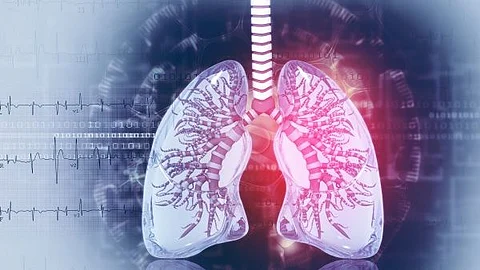Communities, organizations and health professionals are taking action to improve inequalities in lung cancer detection. Anita Kinney, PhD, RN, FAAN, FABMR director of the Cancer Health Equity Center of Excellence at Rutgers School of Public Health and Rutgers Cancer Institute of New Jersey, the state’s leading cancer program and only National Cancer Institute-designated Comprehensive Cancer Center together with RWJBarnabas Health, explains the impact of disparities on lung cancer, how these disparities are being addressed today and where to find screening resources.
Why screen?
If lung cancer is found at an earlier stage, when it is small and before it has spread, it is more likely to be treated successfully.
What is the impact of racial disparities on lung cancer outcomes?
According to the American Lung Association, Black Americans, Latinos, Asian Americans or Pacific Islanders and Indigenous people who are diagnosed with lung cancer face worse outcomes compared to white Americans because they are less likely to be diagnosed early. According to the American Cancer Society, lung cancer disproportionately impacts Black men more than any other racial or ethnic group in the United States and in New Jersey. Factors contributing to disparities may include socio-economic status, access to healthcare, geographic location, and work exposures.


